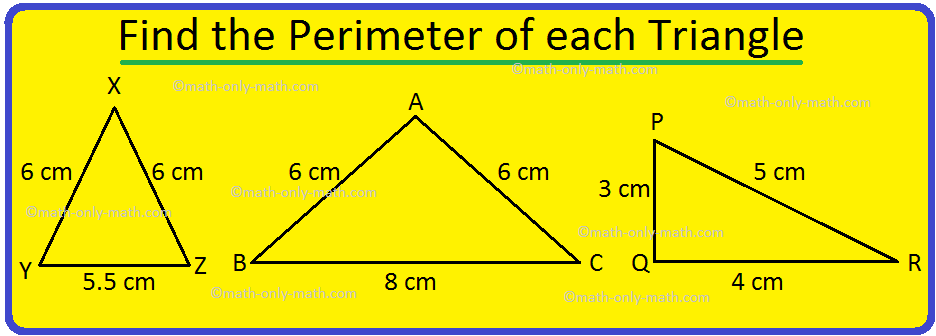Have you ever been working on a project, whether it be a DIY home renovation or a scientific experiment, and needed to convert centimeters to meters? We’ve all been there – struggling to remember the formula and wondering how many centimeters actually fit into a single meter. The truth is, it doesn’t need to be a headache! This simple conversion is easy to grasp, and with a bit of understanding, you’ll be able to switch between centimeters and meters in no time.

Image: questions-in.kunduz.com
Imagine you’re building a bookshelf and the instructions call for pieces measuring 120 centimeters in length. But the lumber store only sells wood by the meter. What do you do? This is precisely where the ability to effortlessly convert centimeters to meters comes in handy. It’s not only useful for DIY projects, but also for a wide array of applications involving measurements, such as engineering, design, and even everyday activities like shopping for fabric or measuring the height of your child for a new pair of pants.
Delving Deeper: Understanding the Conversion
The foundation of converting centimeters to meters lies in understanding the relationship between these two units of measurement. A meter, denoted by the symbol “m,” is the base unit of length in the metric system. One meter is equal to 100 centimeters, represented by “cm.” This means that 1 meter is simply 100 times larger than one centimeter.
Here’s how the conversion works:
To convert centimeters to meters, you divide the number of centimeters by 100. For example, if you have 120 centimeters, you would divide 120 by 100, resulting in 1.2 meters.
Here’s the formula:
- Meters = Centimeters / 100
Let’s look at a few more examples:
- 50 cm = 50/100 = 0.5 m
- 250 cm = 250/100 = 2.5 m
- 800 cm = 800/100 = 8 m
The key takeaway is that for every 100 centimeters, you have 1 meter. This simple conversion factor is all you need to confidently switch between these units.
Visualizing the Conversion: Making it Stick
Many people find it easier to grasp concepts when they can visualize them. Think of a ruler. A standard ruler is typically 30 centimeters long. Now imagine a meter stick. It’s exactly 100 centimeters long. So, the meter stick is about 3 and 1/3 times longer than the standard ruler.
Another helpful visualization is to think of a meter as the length of a standard door. You can use your own door as a reference. Then, mentally divide that door into 100 equal segments. Each segment represents one centimeter. This way of visualizing the relationship between centimeters and meters helps solidify the conversion in your mind.
Real-World Applications: Everyday Conversions
Converting centimeters to meters isn’t just a theoretical concept. It has practical applications in countless scenarios we encounter daily.
Here are a few examples:
- Shopping: When buying fabric, the store might list the fabric’s width in centimeters, but you need to know how many meters you need for your project.
- Construction: Calculating the area of a room for flooring or wallpaper requires understanding the conversion between centimeters and meters.
- Gardening: Knowing the dimensions of your garden beds in both centimeters and meters helps you determine how much soil or mulch you need.
- Health and Fitness: You might use centimeters to measure your waist circumference, but understanding how those centimeters translate to meters provides a more comprehensive perspective on your measurements.

Image: www.math-only-math.com
Expert Tips: Master the Conversion
To truly master this conversion, there are several tips to keep in mind:
- Practice makes perfect: Just like learning any other skill, practicing the conversion consistently will make you more confident in applying it.
- Use a calculator: While the formula is simple, using a calculator can speed up the process, especially for large numbers.
- Memorize the key conversion: The fact that 1 meter equals 100 centimeters is crucial. Committing this to memory will make future conversions effortless.
4cm To Meters
Conclusion: Embracing the Power of Conversion
Understanding the conversion between centimeters and meters is a valuable skill. It empowers you to confidently tackle projects, make informed decisions, and navigate a world filled with varying units of measurement. By embracing this conversion, you’ll gain a deeper understanding of the world around you and feel more confident in your ability to measure and understand things with greater ease.






